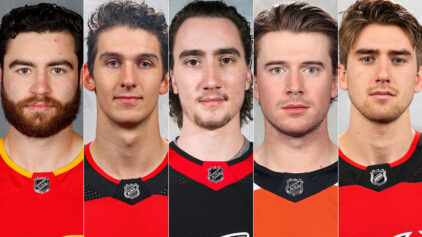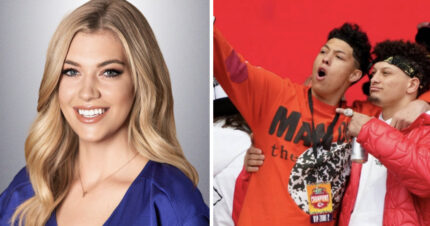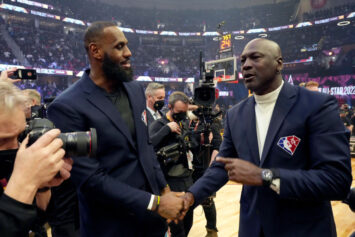The swelling media attention, horror stories and discoveries about the effects of concussions in football has leaked into the sport of baseball.
On Tuesday night, Toronto Blue Jays pitcher J.A. Happ took a Desmond Jennings line drive off the dome and had to be carted off the field. The incident has set off a rapid-fire of opinions and suggestions—wind-aided by today’s heavy social media-rush.
The issue of pitchers wearing protective helmets, facemasks or headgear designed to lessen the impact of batted line drives to the head, doesn’t usually get much play when discussing “pressing” MLB issues.
“The incidence rate of Happ’s injury is relatively low: Major League Baseball pitchers throw about 700,000 pitches each year, and about 0.0004% of the time–roughly two to three times per season–a batter’s hit makes contact with a pitcher’s head.”
The average pitcher is more likely to die in a car crash over his lifetime then get hit in the head by a line drive during his MLB career.
If this is where society is going, then we have a lot of other culprits to fix before we start imposing more safety legislation on baseball.
Let’s ban the X-games, where Snowmobiler Caleb Moore died in January, as a result of injuries he suffered. Let’s get rid of strongman contests, where guys get vicious hernias and vomit up intestines. Don’t forgetskydiving and NASCAR. Girls’ soccer is a concussion factory .
Former pitcher and ESPN analyst Curt Schilling is for the protective gear, citing the increased strength of today’s player and speed of the ball and how today’s baseballs are wound tighter like a pool ball.
He’s part of a contingent that believes Commissioner Bud Selig isn’t doing enough to prevent injuries like Happ’s.
It’s hard to expect a pitcher beyond the high school level to acknowledge protective head gear as anything but cumbersome and intrusive to the task.
It’s not something pitchers are going to start demanding. Look how long it took for hockey players to start wearing masks. Despite the way he revolutionized the sport, hockey mask pioneer Jacques Plante was initially ridiculed by the NHL community and his own coach, for wearing it.
Social attitudes towards player–safety had to mature first. Once hockey got tired of seeing toothless, Swiss cheese-faced goalies, the mask was legislated into the sport.
In a twisted way, most fans believe that adding these safety precautions detracts from the superhuman, warrior persona that has made athletes our heroes and pro sports, a billion-dollar revenue generating titan.
The old Spartacus-gladiator mentality is embedded in its fabric and injury is an embraced part of the risk.
The expression, “no pain, no gain,” was made for world class athletes. That’s why Happ was back, chilling at Tropicana Field on Wednesday, less than 24 hours after suffering a skull fracture.
The public’s reverence and infatuation with pro athletes heavily lies in its belief that losing blood, sweat, tears, teeth and brain cells is part of the heroic and lucrative undertaking.
So while a pitcher might meet his death one day on the pitcher’s mound—or on the way to the store, hiking in the Himalayas, or planking, drunk on a skyscraper—it really is just part of the game.
Chill out and let the players do what they do.



